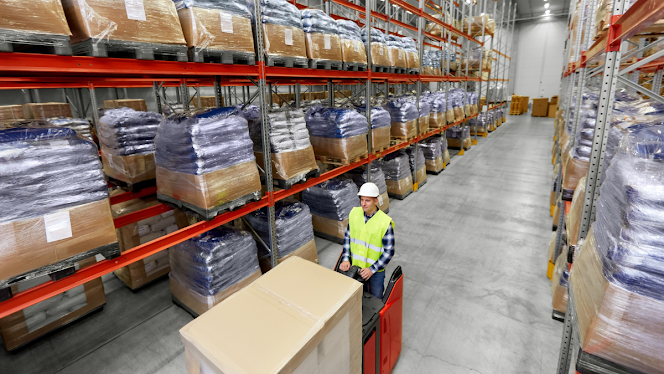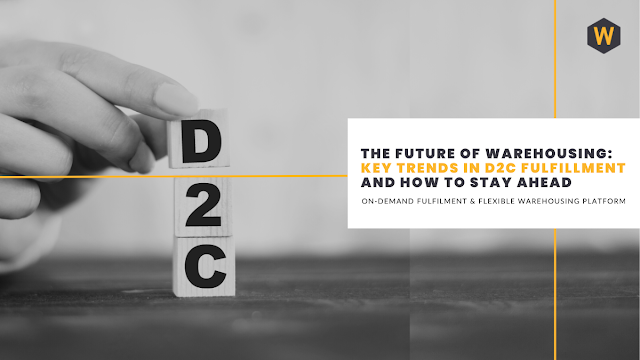5 Signs You Need Advanced Supply Chain Analytics to Make Better Last-Mile Decisions
As businesses adapt to the ever-changing market, supply chain management has become increasingly important. The last-mile delivery, in particular, has been a critical component of supply chain management. The last-mile delivery is the final stage of delivering products from the warehouse to the end consumer, and it is often the most complex and costly aspect of the supply chain. Therefore, businesses need to make informed last-mile decisions to remain competitive and profitable. One way to do this is through advanced supply chain analytics. This article will explore five signs indicating the need for advanced supply chain analytics to make better last-mile decisions.
Sign #1: Inefficient and costly transportation
Transportation is a critical component of last-mile delivery. However, inefficient and costly transportation can significantly affect businesses' bottom line. For instance, if a company uses an inefficient route for delivery, it can result in delays and additional costs, such as fuel costs. Advanced supply chain analytics can help optimize transportation by providing real-time data on traffic, weather conditions, and other factors that affect delivery. This information can be used to create efficient routes and reduce transportation costs.
Sign #2: High inventory carrying costs
Inventory carrying costs are associated with holding stock in a 3PL warehouse or distribution center. High inventory-carrying costs can significantly burden businesses as they tie up valuable resources that could be used for other purposes. Advanced supply chain analytics can help reduce inventory carrying costs by providing real-time data on inventory levels, demand, and supply. This information can be used to optimize inventory levels and reduce the need for excess inventory.
Sign #3: Poor order fulfilment rates
Order fulfillment is the process of delivering products to customers after placing an order. Poor order fulfillment rates can result in dissatisfied customers, lost sales, and increased costs. Advanced supply chain analytics can help improve order fulfillment rates by providing real-time data on inventory levels, delivery schedules, and other factors that affect order fulfillment. This information can be used to optimize order fulfillment processes, reducing the time it takes to deliver products to customers.
Sign #4: Inaccurate demand forecasting
Demand forecasting is estimating the demand for a product or service. Inaccurate demand forecasting can result in overstocking or understocking, both of which can negatively affect businesses. Advanced supply chain analytics can help improve demand forecasting accuracy by providing real-time data on customer behaviour, market trends, and other factors that affect demand. This information can be used to develop more accurate demand forecasts, reducing the risk of overstocking or understocking.
Sign #5: Inability to track real-time performance
Real-time performance tracking is essential for businesses to make informed decisions. With real-time performance tracking, companies can adjust their supply chain processes in real-time, resulting in delays, inefficiencies, and increased costs. Advanced supply chain analytics can provide real-time data on performance metrics such as delivery times, order accuracy rates, and inventory levels. This information can be used to make informed decisions and improve supply chain processes in real time.
In conclusion, advanced supply chain analytics is essential for businesses to make better last-mile decisions. By providing real-time data on transportation, inventory, order fulfilment, demand forecasting, and performance metrics, companies can optimize their supply chain processes and remain competitive. Therefore, businesses should invest in advanced supply chain analytics to improve their last-mile delivery and stay ahead of the competition.
FAQs:
What is supply chain analytics?
Supply chain analytics uses data to optimize supply chain processes, including inventory management, transportation, demand forecasting, and performance tracking.
How can advanced supply chain analytics help businesses make better last-mile decisions?
Advanced supply chain analytics provides real-time data on transportation, inventory, order fulfillment, demand forecasting, and performance metrics. This information can be used to optimize last-mile delivery and improve supply chain processes.
Can businesses still manage their supply chain without advanced analytics?
Yes, companies can manage their supply chain without advanced analytics. However, advanced analytics can provide businesses with a competitive advantage by providing real-time data and insights that can be used to optimize supply chain processes.
How much does it cost to invest in advanced supply chain analytics?
The cost of investing in advanced supply chain analytics varies depending on the size and complexity of the business. However, the benefits of advanced analytics often outweigh the costs, making it a worthwhile investment for businesses.
What are some examples of businesses successfully implementing advanced supply chain analytics?
Some examples of companies that have successfully implemented advanced supply chain analytics include Amazon, Walmart, and UPS. These businesses have been able to optimize their supply chain processes and remain competitive in the market.
Related Links:




Comments
Post a Comment